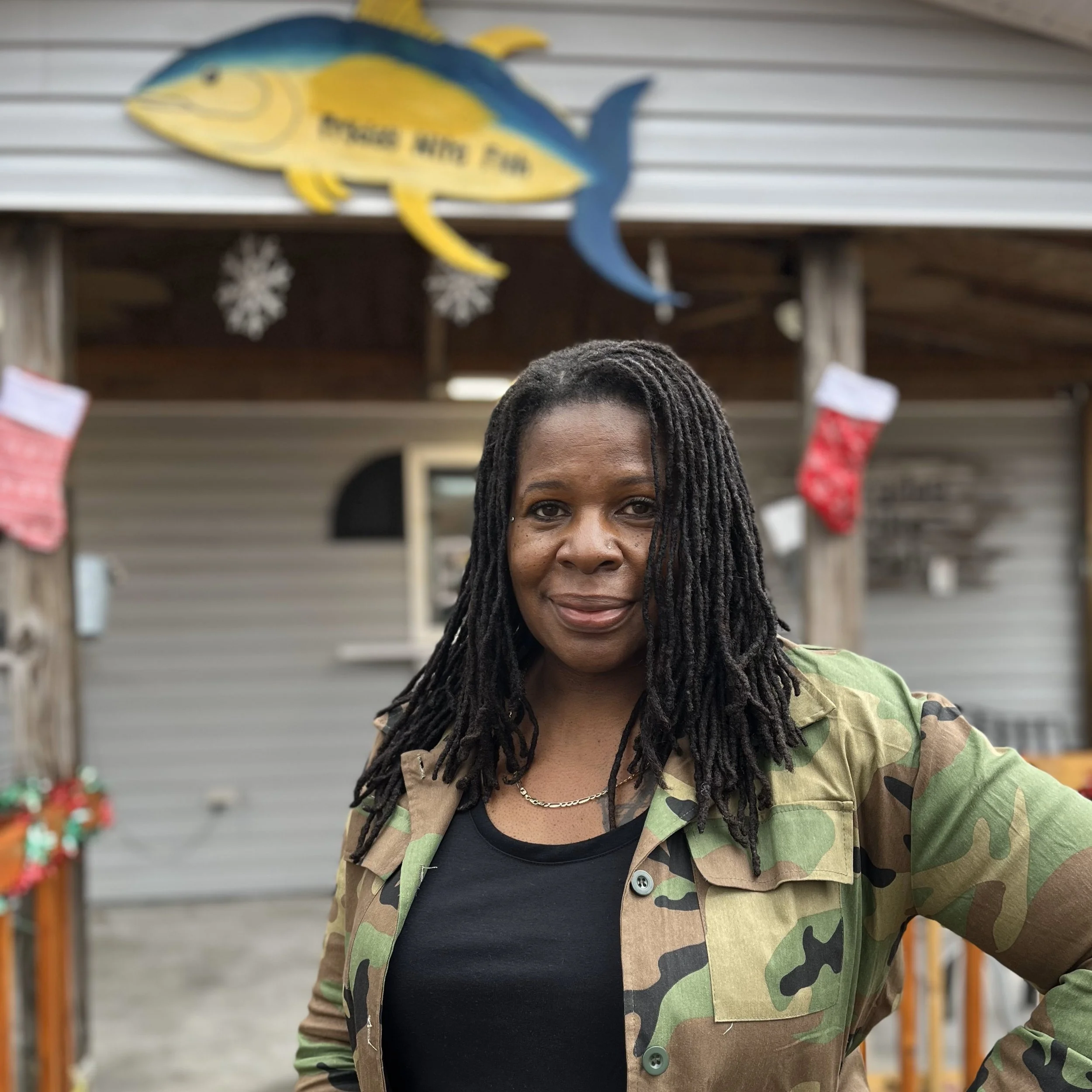
OUR HERITAGE
TRADITION WORTH SAVING
Seafood has been central to North Carolina’s coastal heritage and economy for hundreds of years. Long before settlers arrived, Algonquian-speaking tribes like the Chowanoke and Secotan penned fish in underwater weirs made from reeds, much like commercial fishers use pound nets today. They traded their catch for goods from other tribes, making them our state’s first commercial fishers.
Families along our coast also trace their commercial fishing lineage to settlers who arrived here more than 400 years ago. Entire communities -- beloved places like the Outer Banks, Beaufort, Sneads Ferry, Down East and Calabash -- were founded on the commercial fishing industry. People who worked the water created North Carolina’s most famous seafood dishes: Hatteras clam chowder, charcoal mullet, Calabash-style fried seafood, shrimp burgers, oyster roasts and small, bone-in fish like spots rolled in cornmeal and fried hard.
North Carolina’s wild-caught seafood industry contributes some $300 million and 5,500 jobs to the state’s economy, N.C. Sea Grant reports. Shellfish aquaculture contributes another $14 million and nearly 300 jobs. Heavily regulated to ensure the safest, highest quality seafood, commercial fishing supports mom-and-pop restaurants, seafood markets, seafood dealers, marinas, boat builders, fishing gear suppliers, fuel suppliers and rural communities with limited job opportunities. Tourism on the N.C. coast, which contributes $7 billion in spending, would lose its flavor without seafood caught by commercial fishers.
$300
MILLION
wild-caught contribution to NC Economy
5,500
JOBS
created by wild-caught seafood industry
$14
MILLION
shellfish aquaculture economic impact
300
JOBS
created by shellfish aquaculture







